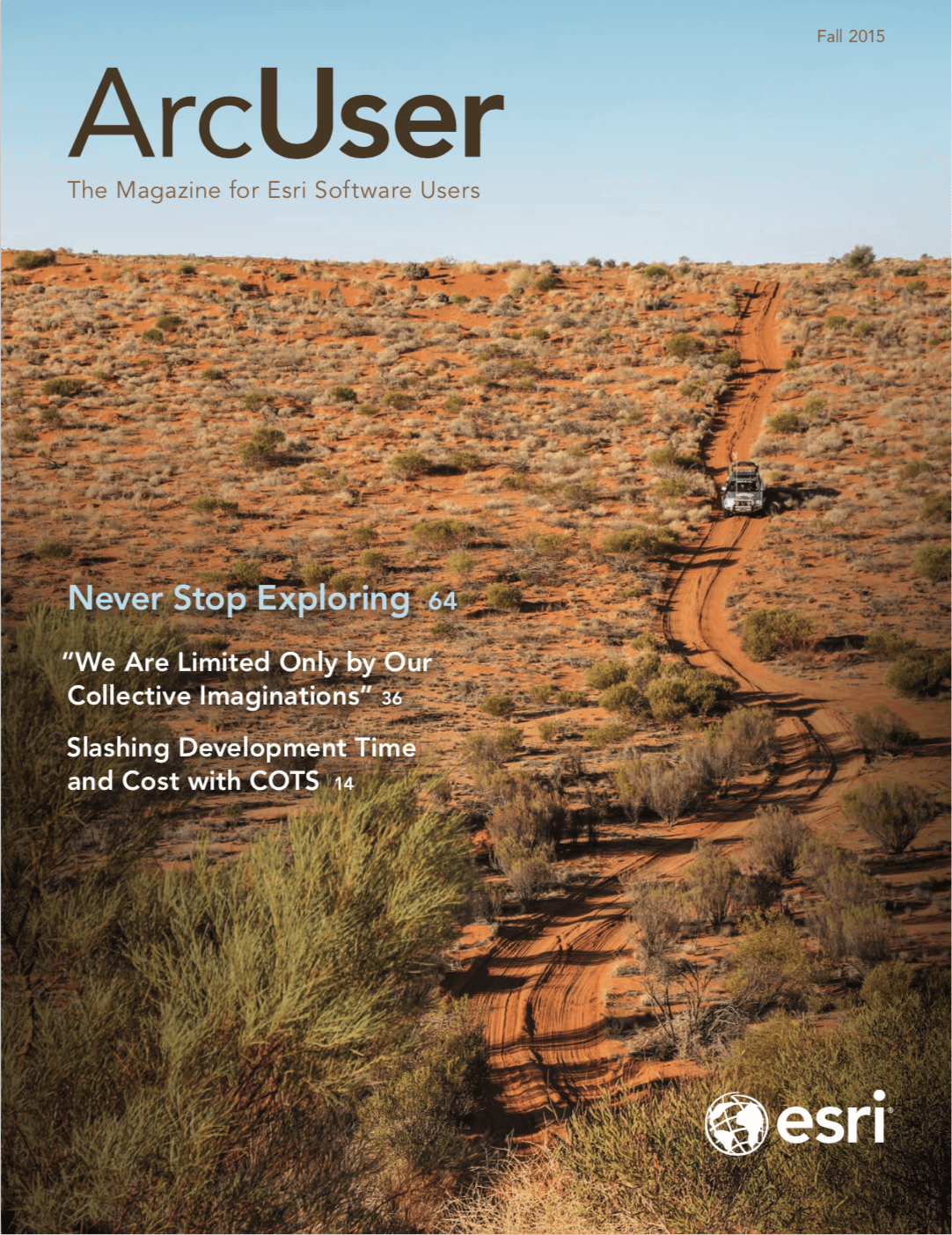At the 2015 Esri User Conference (Esri UC) in San Diego, Esri announced a new initiative that will build a collaborative community for R and ArcGIS users.
R (or formally, the R Project for Statistical Computing) is the fastest-growing environment for statistical computing. In addition to the core R software, it includes more than 6,000 community-contributed packages for solving a wide range of statistical problems, including a variety of spatial statistical data analysis methods. It is widely used by all types of environmental scientists as well as statisticians.
Because R has limited data management and mapping capabilities, many R users have found using R and ArcGIS together beneficial. In the several years that Esri has been promoting the integration of ArcGIS with R at the Esri UC and the Esri Developer Summit, there has been a significant increase in interest in the use of R with ArcGIS.
The success of Duke University’s Marine Geospatial Ecology Tools (MGET) provides evidence of this interest. MGET, a free, open-source geoprocessing toolbox for solving a variety of marine research, conservation, and spatial planning problems, plugs into ArcGIS for Desktop.
Based on feedback from ArcGIS and R users about their needs and techniques for integrating ArcGIS and R, Esri has started a community for developing and sharing useful tools and promoting learning and collaboration. This community will include a repository of free, open-source R scripts, geoprocessing tools, and tutorials.
The community of tools will be user developed and user driven. “Esri will develop a few sample toolboxes and tutorials, but our primary interest is to facilitate the community and help users build what they find useful,” said Steve Kopp, Esri senior product engineer on the spatial analysis team.
“This project is about helping the ArcGIS and R users become more successful in combining these technologies. This community will be important and useful for R users who need to access ArcGIS data, for ArcGIS users who need to access R analysis capabilities from ArcGIS, and for developers who are familiar with both ArcGIS and R and want to build integrated tools or applications to share with the community,” according to Esri chief scientist Dawn Wright.
A component of this effort is the R–ArcGIS Bridge. This is a free, open-source R package that allows ArcGIS and R to dynamically access data without creating intermediate files on disk. It was built to improve the performance and scalability of projects that combine R and ArcGIS, create a developer experience that is simple and familiar to the R user, and enable an end-user experience that is familiar to the ArcGIS user.
The R–ArcGIS Bridge allows developers who have experience with R and ArcGIS to create custom tools and toolboxes that integrate ArcGIS and R for their own use and for building toolboxes to share with others, both within their organization and with other ArcGIS users. It allows ArcGIS users to integrate R into their workflows without necessarily learning the R programming language directly.
For R users who don’t use ArcGIS but need to be able to work with GIS data, the R–ArcGIS Bridge will give them direct access to ArcGIS data without creating intermediate shapefiles or tables and without requiring them to know how to use ArcGIS. R developers can save R results back to ArcGIS datasets and tables and easily convert between ArcGIS datasets and their equivalent representations in R.
The R–ArcGIS community samples, tutorials, and bridge are available from a public GitHub community site that is similar to other Esri open-source projects.

